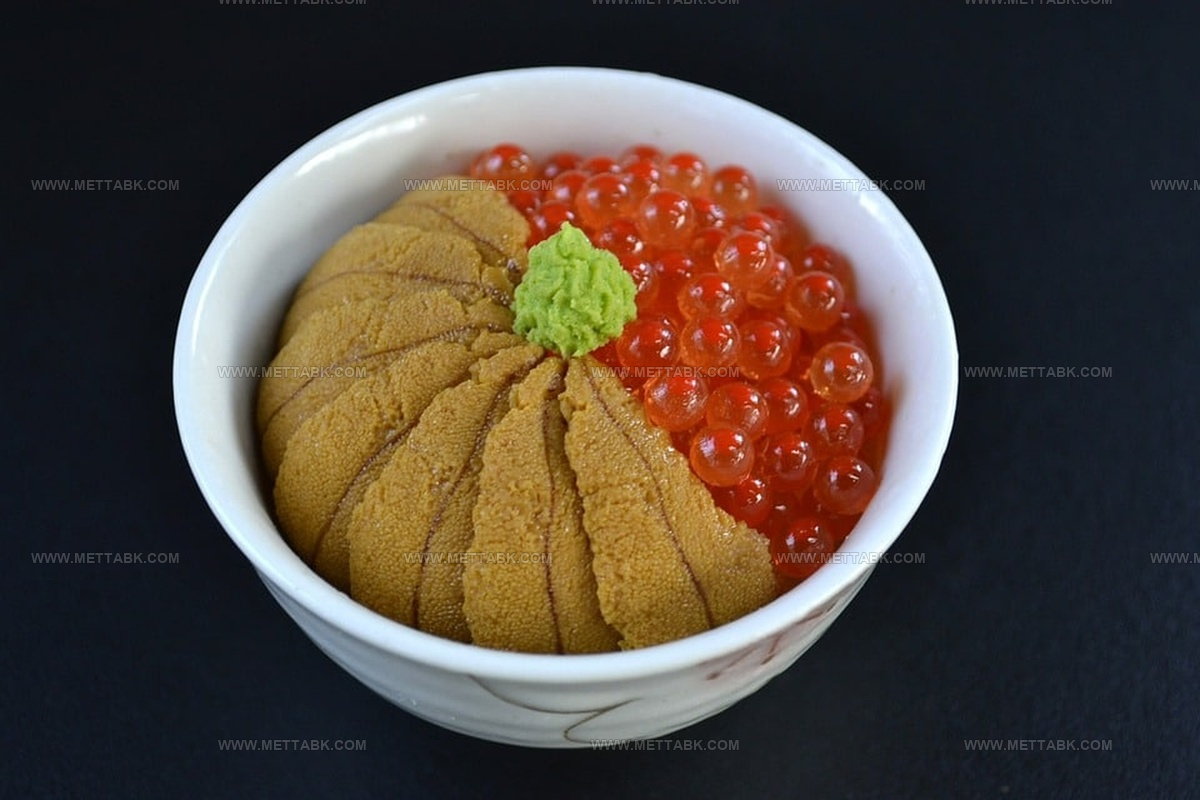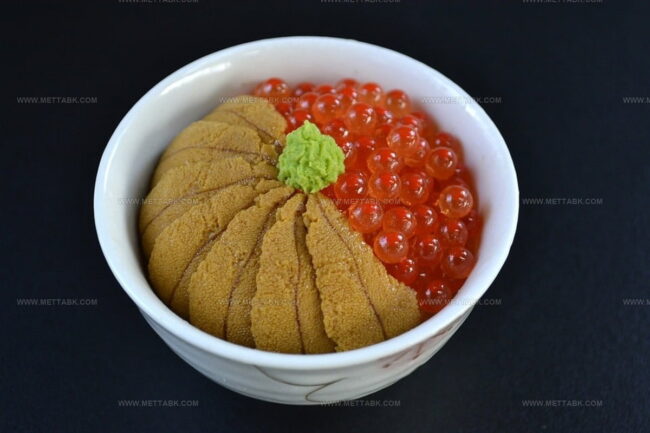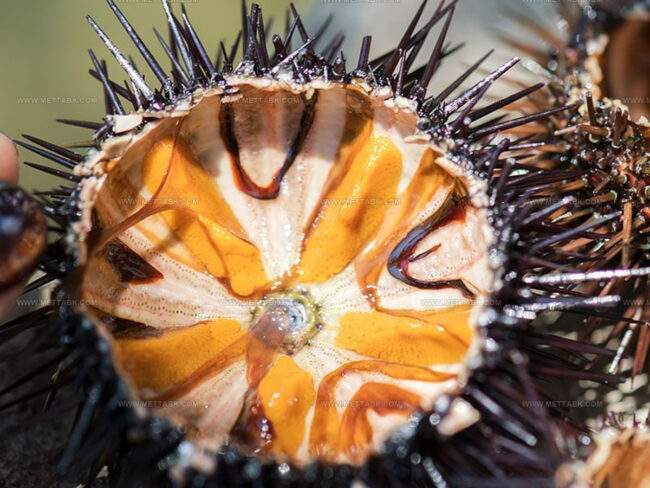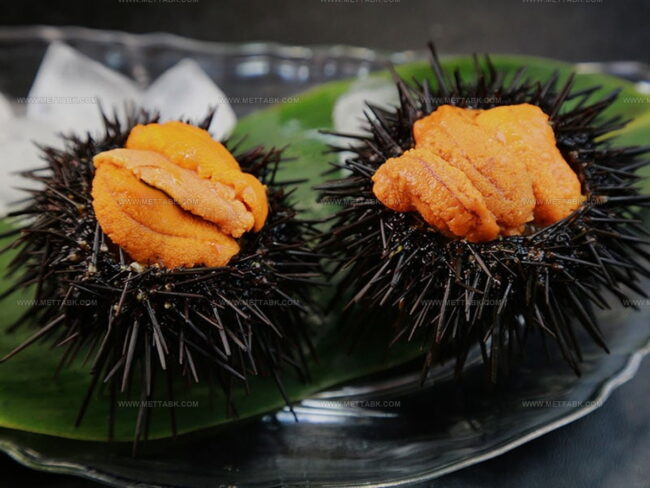What Does Uni Taste Like? A Sea’s Kiss on Your Tongue
Uni, the delicate sea urchin delicacy, often sparks curiosity among food enthusiasts and culinary adventurers.
Seafood lovers frequently wonder about this intriguing marine ingredient that graces high-end restaurant menus.
Soft, golden-orange pieces nestled in their spiny shells might seem intimidating to those unfamiliar with the delicacy.
Coastal cultures have long embraced uni as a prized ocean treasure with complex sensory characteristics.
Culinary experts describe its unique profile as something that transcends typical seafood expectations.
Texture and flavor nuances make uni a fascinating subject for gastronomic exploration.
Understanding its subtle qualities requires an open mind and willingness to experience something truly extraordinary.
Let's unravel the mystique behind this remarkable ocean delicacy and what makes it so captivating.
What Is A Uni (Sea Urchin)?
Sea urchins are marine creatures with spiky round shells and bright yellow-orange reproductive parts.
Five segments of gonads mark these sea dwellers.
Chefs prize the edible section of these ocean animals.
Japan leads worldwide consumption, so many know them by their Japanese name, uni.
Underwater creatures feed on algae and kelp while living in ocean environments.
Skilled workers collect them from wild waters.
Multiple factors shape their taste, including home location, life stage, diet, and specific type.
Scientists have identified 950 different sea urchin species, but only a small number work well for commercial use.
Identifying these sea creatures can get tricky because of their varied colors.
Shades range from deep red to rich purple and soft green.
Sorting becomes complex since different urchin types might share similar water spaces.
Color serves as one method for recognizing these spiky sea inhabitants, though it does not always provide clear answers.
What Uni (Sea Urchin) Tastes Like
Uni, or sea urchin, is a unique seafood delicacy that surprises many with its creamy texture and deep ocean flavor, especially when enjoyed fresh:
Regional Differences in Uni Flavor
Uni, or sea urchin, tastes can change quite a bit depending on where it’s harvested, and these regional differences add excitement for anyone who loves trying new seafood flavors:
How the Taste of Uni Changes by Season
The taste of uni, or sea urchin, shifts with the seasons, and knowing when it’s at its best helps you enjoy its freshest, richest flavors:
Most Popular Uni Dishes Around the World
Uni, or sea urchin, is enjoyed in creative and delicious ways around the world, with each cuisine bringing out its unique ocean flavor and creamy texture:
How To Tell If Uni Is Fresh Or Not
Sea urchins go through careful grading, and lower quality can lead to disappointing experiences.
Guidelines from California Sea Urchin Commission highlight key factors like taste, color, freshness, and texture.
California Gold stands as top-tier seafood.
Specimens shine with bright colors and firm surfaces that feel smooth when you eat them.
Flavor comes across as delightfully sweet and rich.
Chefs and seafood lovers prize this specific grade for its exceptional qualities.
Premium California ranks second in the lineup.
These sea urchins carry a lighter shade and softer feel compared to their gold-standard counterparts.
Select California sits at the bottom of acceptable grades.
Darker in appearance and less firm, these sea urchins hint at potential flavor challenges.
Their liquid-like texture signals approaching spoilage risks.
Experienced seafood enthusiasts know watching for these signs helps ensure an enjoyable dining experience.
The Taste Of Uni Pasta
Waves of sea scents sweep through this delicate treat, bringing a smooth and rich sensation.
Salt notes dance across its flavor, which shifts depending on where it grows, how fresh it stays, and its own unique traits.
Seafood fans either love or hate its special character.
Pasta world holds more than 350 different shapes, with nearly four times as many names!
Different regions might call the same noodle by multiple names, creating a playful language of its own around these beloved strands.
Cooking experts suggest keeping pasta water simple.
Tossing extra seasonings might seem tempting, but they won't make much difference to final dishes.
Salt remains the key ingredient, and adding other things could mess with water balance during cooking.
Are Sea Urchins Safe To Eat?
Sea urchins pack a nutritional punch with high protein, dietary fiber, and minerals like zinc from their kelp diet.
Vitamins C and A come from dark leafy greens and winter squash.
Omega-3 fatty acids similar to salmon make these marine creatures a healthy choice.
Uni has a special umami flavor created by specific amino acids and nucleic acids.
Glycine, alanine, and valine contribute to its sweetness.
Glutamine and other compounds give sea urchin its rich and creamy texture.
Sea urchins are safe to eat and actually help remove toxins from the body.
Marine researchers note they can improve nervous system function, boost mood, and fight stress and depression effectively.
Water conditions strongly impact sea urchin health and mineral content.
Cold waters between December and April provide the best harvesting conditions.
Restaurants keep these creatures in chilly saltwater tanks around 5 degrees.
Echinoderms spoil quickly, so chefs typically serve them immediately after collecting the roe.
Marine scientists consider these creatures remarkable for their unique immune systems.
Sea urchins can survive up to 200 years without showing aging signs or losing reproductive capabilities.
Research shows their DNA matches human DNA by 70%, suggesting potential benefits for body rejuvenation and overall health.
Algae consumption helps sea urchins develop an extraordinary mix of minerals and vitamins.
Water quality directly influences their nutritional profile.
Interestingly, studies reveal sea urchins collect fewer pollutants compared to other marine species, making them a clean seafood option.





Nate Harper
Founder & Recipe Curator
Expertise
Single-Recipe Development, Farm-to-Table Cooking, Seasonal Menu Planning, Culinary Storytelling, Home Kitchen Innovation
Education
Cascade Culinary Institute – Central Oregon Community College
Certificate in Culinary Arts
Focus: Farm-to-table cuisine, sustainable cooking practices, and seasonal recipe creation.
Nate studied under experienced chefs who emphasized local sourcing, minimal waste, and building recipes from fresh, simple ingredients.
Nate Harper is the founder and creative force behind Make, Take, Bake. Raised in the wild beauty of Oregon’s high desert, Nate grew up surrounded by family gardens, farmers’ markets, and home kitchens that celebrated the seasons.
His early love for simple, honest food evolved into a professional passion when he attended Cascade Culinary Institute, where he sharpened his skills in creating recipes that are sustainable, satisfying, and made for everyday life.
Nate’s goal is to make cooking feel accessible, free of fuss, and full of flavor. He believes a single, thoughtfully built dish can stand alone, and sometimes even steal the show.